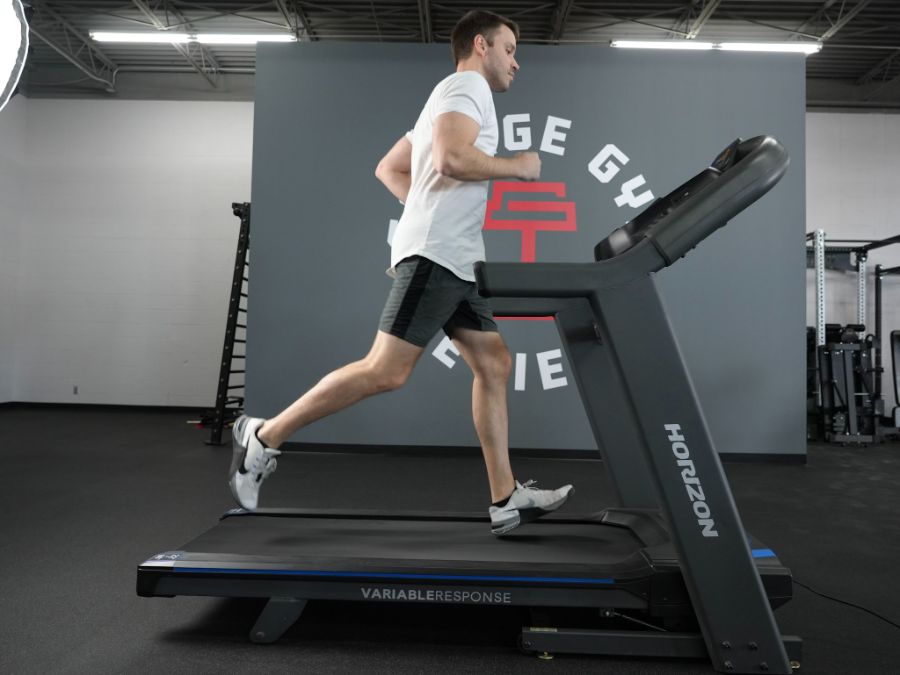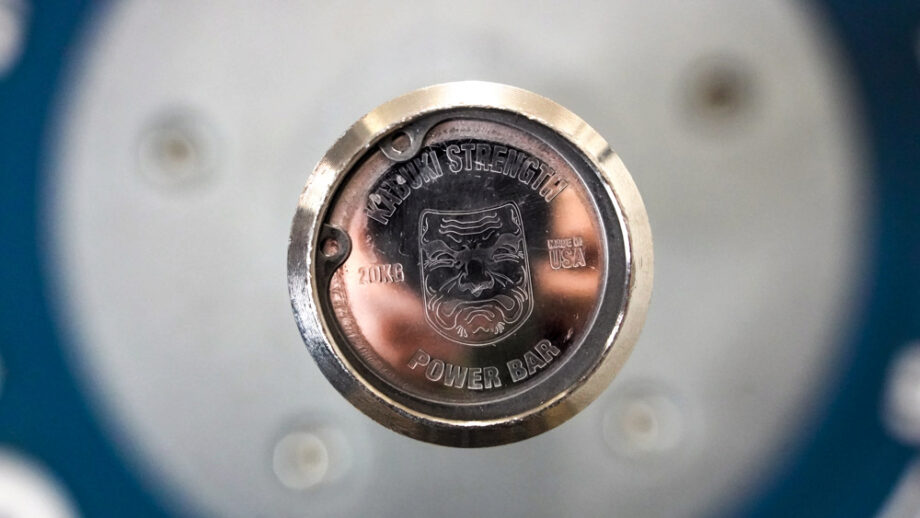If you’re thinking about implementing treadmill workouts into your routine, you’re doing so for a reason. Maybe you want to improve your heart health, lose weight, or build up the muscles in your legs. Whatever your reason is, make sure you’re clear about your goals so you can assess if you’re on the right track based on your treadmill results.
Several amazing health benefits are associated with making treadmill workouts a part of your exercise program. Yet, many individuals hesitate to start because they don’t know what to expect. Naturally, you’re probably wondering, “What amount of calories can I expect to burn in 30 minutes?” or “Will a treadmill work for me based on my fitness level?” Those are both great questions. However, the biggest question we get is, “What amount of time should I spend on a treadmill to see changes?” because people want to see results.
So if any of the above questions have crossed your mind, or you’re curious about if this aerobic workout is something you should consider, keep reading!
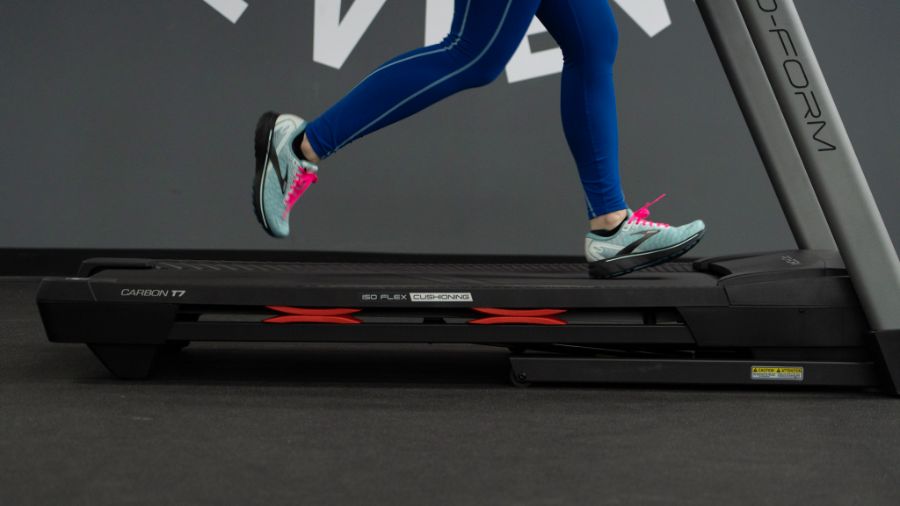
How Soon Will I See Results?
You’re ready to take charge of your health and begin your treadmill routine, but how long before you’ll see results? The honest answer is that it depends. Many people are looking to lose weight quickly and easily, yet that’s not how it works. Instead, your body must first adjust in several ways, which we’ll touch on below.
Your Body Changes Hormonally
When you first start working out, your body undergoes several changes, especially hormonal ones. For instance, exercise increases circulation of irisin. Research shows that hormones like irisin help regulate your metabolism, which can help combat obesity.
In addition, women tend to have an increase in testosterone after starting a workout routine. Testosterone is a hormone that aids in muscle building. On the flip side, too many high-intensity interval training workouts could put you at risk of releasing a surge of stress hormones. One of those hormones, cortisol, naturally releases during exercise and is generally a good thing to have. However, studies show that elevated levels of cortisol over time could lead to weight gain.
Your Powerhouses Get A Boost
Interestingly enough, even your production of mitochondria changes. One study revealed that after six to eight weeks of consistently working out, your body might have up to 50% more mitochondria. Mitochondria are the powerhouses for your cells, converting food into energy that’s used by your muscles. Therefore, with a surplus of mitochondria, your cardio workouts and more will start to feel more manageable.
It doesn’t matter if you start off doing a treadmill workout or strength training. In either scenario, your body has to adapt to the changes that happen when you begin working out.
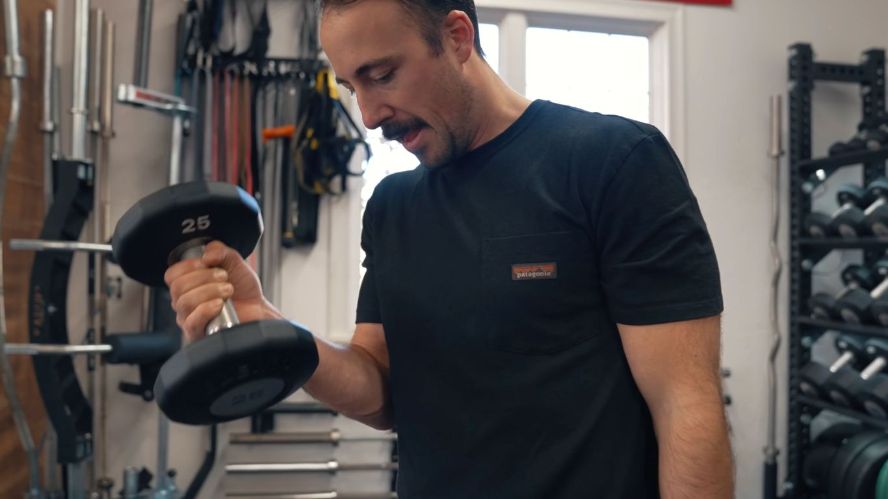
Your Muscles Need To Tear and Rebuild
A 2018 study found that slight muscle growth can be seen after approximately 10 sessions. However, it takes up to 18 sessions before you see a significant increase in muscle mass. This timeframe isn’t the same for everyone, though. How quickly you build muscle depends on other factors, like your exercise routine, the diet you’re following, and if you’re incorporating rest days. Many people skip the rest days, which is a mistake..
When you work out, especially during weight training, your muscle fibers tear and essentially become injured. Your muscle fibers then try to repair the damage by joining together and creating stronger connective tissues. The result is stronger and bigger muscles. Your muscles can’t repair themselves if you never take a rest day. Muscles repair and recover on those days when you skip your home gym sessions. In other words, you could delay seeing results because you’re overdoing it with physical activity.
How Soon Change Occurs Varies By Person
Ultimately, how soon you see results from your treadmill exercise program depends. Researchers state that losing 1-3 pounds per week or 1% of your body weight seems to be realistic. You don’t want to lose weight too fast as that increases your risk of malnutrition, gallstones, and dehydration.
According to certified personal trainer and Garage Gym Reviews editor Amanda Capritto, “Beginners typically start noticing changes after just a few weeks. As your body adapts to all of the new challenges you’re subjecting it to, you’ll lose body fat, gain muscle, experience increases in strength and endurance, and best of all, notice positive improvements in your mood, energy levels, and sleep quality.”
However, she also notes that those changes may start to slow down after about six months.
Overall, understand that your body has to undergo changes first before you see the results you desire. If you do not see the results you want, keep reading to see what could be standing in your way.
Reasons You Might Not Be Seeing Results Yet
There’s no worse feeling than working out consistently and seeing little to no results. It’ll make you wonder how in the world is your heart rate pumping from almost daily HIIT workouts and various full-body workouts yet producing just a speck of desirable change?
Tiktok content creators and individuals on other social media platforms make it seem easy, but nothing seems to work for you.
“If you’re not seeing changes quickly as a beginner to fitness, some common culprits could be at play,” Amanda says. “You may not be getting enough sleep or you may be battling already-high stress levels. Exercise is a stressor — although a good one — and it does add to your body’s overall strain. Additionally, you may be eating too much or too little. Both can affect how your body responds to exercise.”
If you’re feeling like this, here are some reasons why you might not be seeing results.
You Haven’t Switched Up Your Routine
That treadmill workout you’ve been doing for a few months now started off providing great results, but it may eventually cause you to reach a plateau. We understand that once you find a workout you like, it’s very challenging to switch it up. But unfortunately, failing to make adjustments won’t do you any favors. Alter your workout routine by changing up the amount of time you spend on the machine with your intensity level. For example, do shorter, high-intensity intervals one day, and longer, slower workouts another day.
You Need To Take It Up A Notch
Sometimes we don’t see any results because our workout is just too easy. If you’re not breaking a sweat or are failing to get your heart rate high enough, you won’t experience much fat-burning. So once you find yourself comfortable with low-intensity workouts, try moderate-intensity to high-intensity ones. For example, instead of a 10-minute workout where you leisurely walk on the treadmill, try running for 10 minutes and activate those leg muscles.
If you feel stuck and don’t know what to do, hire a personal trainer. They’ll be able to help you boost your body strength, work out those core muscles, and get the results you desire.
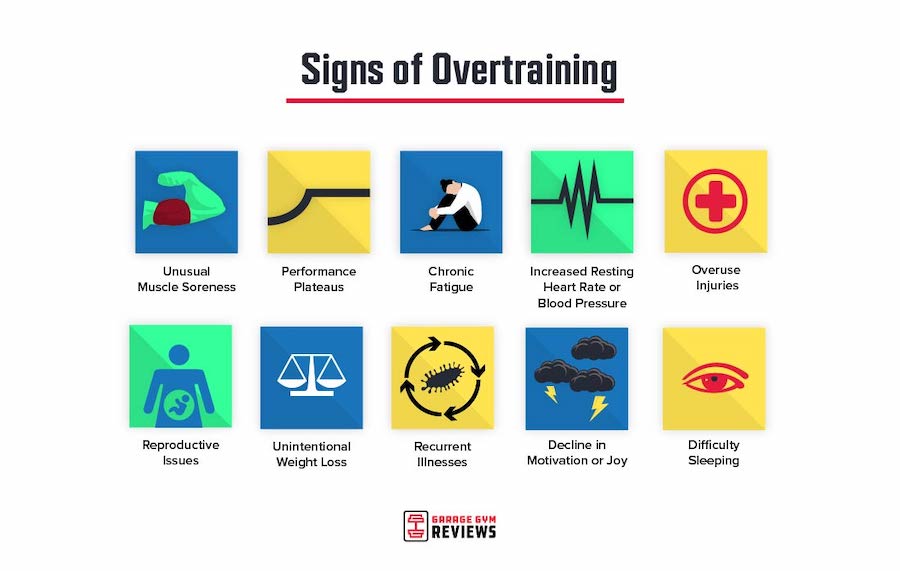
You’re Ditching Rest Days
Are you skipping rest days because you’re afraid you’ll miss out on some gains? If so, you may want to reconsider. Rest days are recommended because they give our muscles a chance to recover after a workout. As mentioned earlier, our muscles experience damage during workouts, and a recovery period is when they heal and bulk up.
Also, keep in mind that overexercise ups your chance of injury, which could prevent you from working out at all. We recommend resting for at least one to two days before working out the same muscle groups again. So, if you did an intense treadmill exercise one day that really worked your glutes and hamstrings, maybe the next day, focus on your arms.
Your Dietary Habits Aren’t The Best
If you walk or run on the treadmill for 30 minutes a day, shouldn’t you be able to eat whatever you want? Not exactly. If your goal is to successfully lose weight, improve your health, or even manage your blood pressure—you’ve got to follow a proper diet.
RELATED: 30 Minute Treadmill Workout
While we know a 1,630-calorie Cheese Curd Bacon Burger from Buffalo Wild Wings might sound delicious, it’s not going to help you lose weight if you eat it every day.
Consider this: If you weigh 155 pounds and run on a treadmill for 30 minutes at 5 miles per hour (a 12-minute mile), you’ll burn 288 calories. That’s a great workout, but it wouldn’t compensate for eating a huge cheeseburger every day. Eventually, you won’t burn off as much as you consume, and that leads to weight gain. Therefore, make sure you’re following a nutritious diet AND working out if you desire great results.
You’re Not Getting Adequate Sleep
An old adage states that if you snooze, you lose, but this isn’t exactly true. Getting good sleep is necessary if you want to lose weight or boost your performance. Sleep gives the body time to recover practically every tissue in the body, which is crucial if you want to build muscle. The recommendation for adults is to get at least 7 to 9 hours of sleep daily. Doing so can enhance your muscle strength and reduce your risk of various chronic conditions.
You May Be Losing Your Lean Muscle
If you’d like to enhance your performance and only work out on a treadmill, you may be hindering your results. Research shows that long-distance running breaks down your lean muscle instead of building it up. So, if you’re looking to build muscle, make sure you add strength-building exercises to your routine as well.
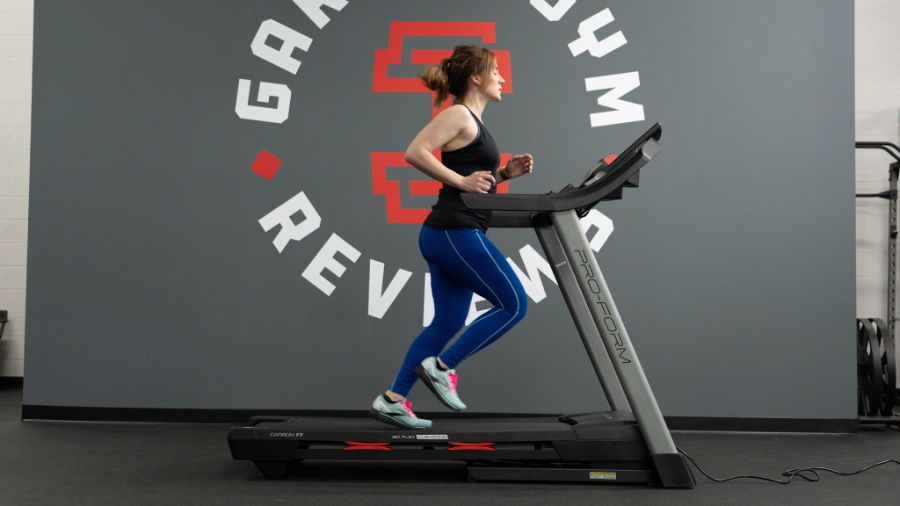
Tips For Using a Treadmill For Weight Loss
Treadmill workouts are a great way to lose weight, but you’ve got to make sure you’re following the right strategies to get results. Here are some tips for using a treadmill for weight loss.
1. Don’t Be Afraid Of Variety
Earlier, we mentioned that you might not see results due to a lack of variety in your treadmill workout. Try to do something different every time, so you don’t become bored, get injured, or reach a plateau. Next time you work out, try a different speed, increase the duration, and/or add inclines to keep the results coming.
2. Try HIIT For Shorter, More Impactful Workouts
In 2017, a study was published that stated how high-intensity interval training workouts are a practical approach for burning calories and decreasing fat in a short amount of time. Here are a few examples of some HIIT treadmill workouts you could follow:
- Do 10 sets of 30-second sprints and 60-seconds of walking/resting.
- Do 10 rounds of running for 1 minute and walking for 1 minute
- Set a timer for 15 minutes, and do as many rounds as you can of 300-meter runs and 100-meter walks
3. Find Your Fat-Burning Zone
If you really want to achieve weight loss during a treadmill workout, find your fat-burning zone. Working out in that range means your body is using fat stores for energy instead of glycogen (which is stored glucose). HIIT workouts that take your heart rate up near your max pull from glycogen stores from energy instead of fat stores.
To calculate where your fat-burning zone is, first obtain your maximum heart rate, which is just subtracting your current age from 220. Then, to calculate your fat-burning zone, you must determine your upper and lower limits. Your upper limit is 70% of your maximum heart rate, and your lower limit is typically 50% of your maximum heart rate.
Treadmill Workouts For Weight Loss
Aren’t sure where to start when it comes to treadmill workouts? Not to worry! We’ve got a four-week treadmill workout plan you can follow. If you’re new to treadmill exercises, you don’t want to jump into a vigorous, maximal effort workout. Instead, it’s best to ease into it. Here’s a snapshot of what your four-week treadmill workout would look like.
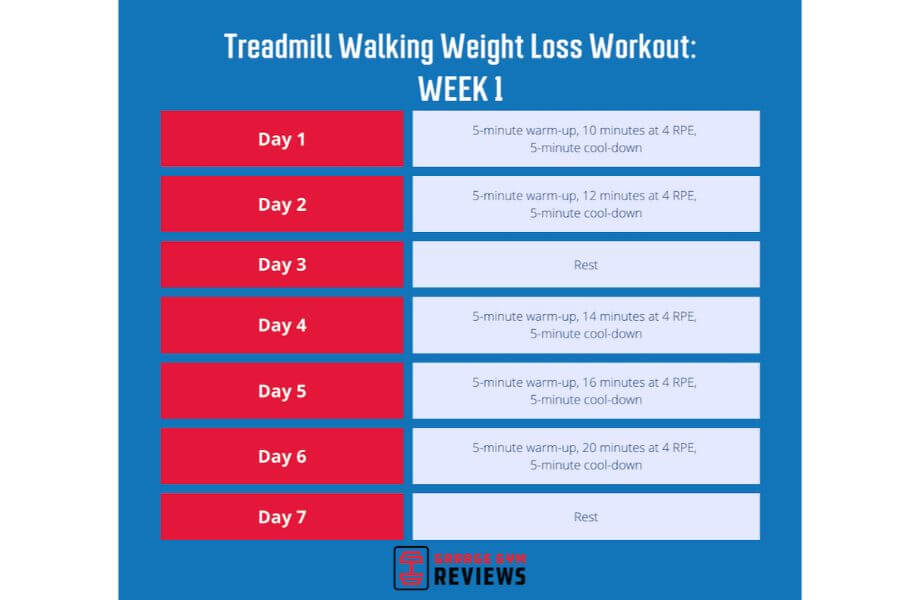
During Week 1, focus mainly on the amount of time you spend on the treadmill. For example, on day one, work out on the treadmill for 10 minutes, then add two minutes each day. By day seven, you should be on the treadmill for 20 minutes.

For Week 2, you’ll prioritize speed and occasionally throw in some HIIT. Try 15 to 20 minutes of interval training on the two HIIT days. Interval training should consist of 2 minutes at 7 RPE and 3 minutes at RPE, which you’ll repeat thrice.

By Week 3, you should be more comfortable with time and speed, so now it’s time to include inclines. To start, adjust the incline as high as you can manage and set your RPE to 6 or 7. By the end of the work, you should’ve added a percentage or two to your incline level.

Finally, week 4! You’ve incorporated speed, time, and incline, so you have fun mixing it up!
FAQs About Seeing Treadmill Results
How Soon Will I See Results From A Treadmill?
While this answer depends on many factors, you could potentially shed 1-3 pounds after just one week. However, if you’re looking for muscle gains, it may take up to 18 workout sessions to see a noticeable change. You may need to modify your diet and/or lifestyle if it’s been several weeks and you still haven’t seen any changes.
Is 20 minutes on a treadmill enough to lose weight?
Yes, you can lose weight by working out for 20 minutes on a treadmill if you follow a proper diet. Doing high-intensity interval training on your treadmill can help you burn several calories in a short amount of time.
Can Walking on a Treadmill Lose Belly Fat?
Walking on a treadmill can help you burn calories and reach your fat-loss goals, but it doesn’t specifically target the belly. I’d recommend combining strength training and a healthy diet in addition to walking on a treadmill if you’re hoping to shrink your waistline. One study found that HIIT workouts could help tackle visceral fat, which is the fat that wraps around the organs in your abdomen. Therefore, boosting speed and increasing inclines on a treadmill could help you lose stubborn belly fat.


